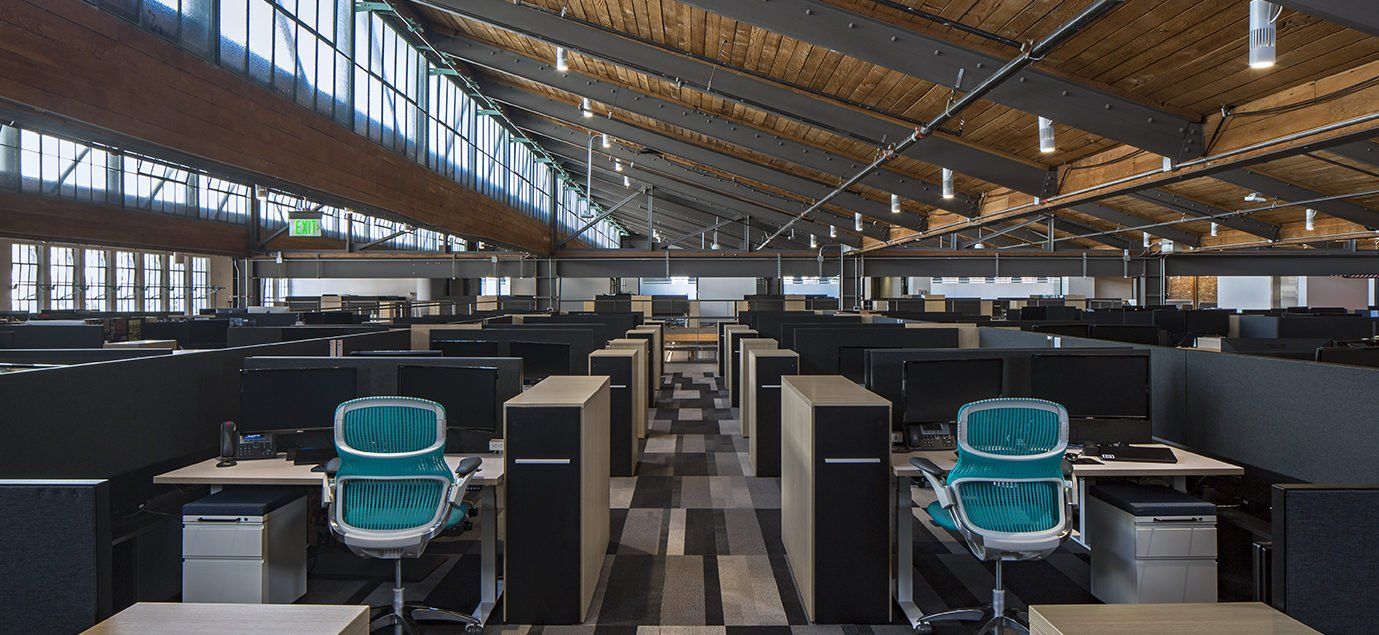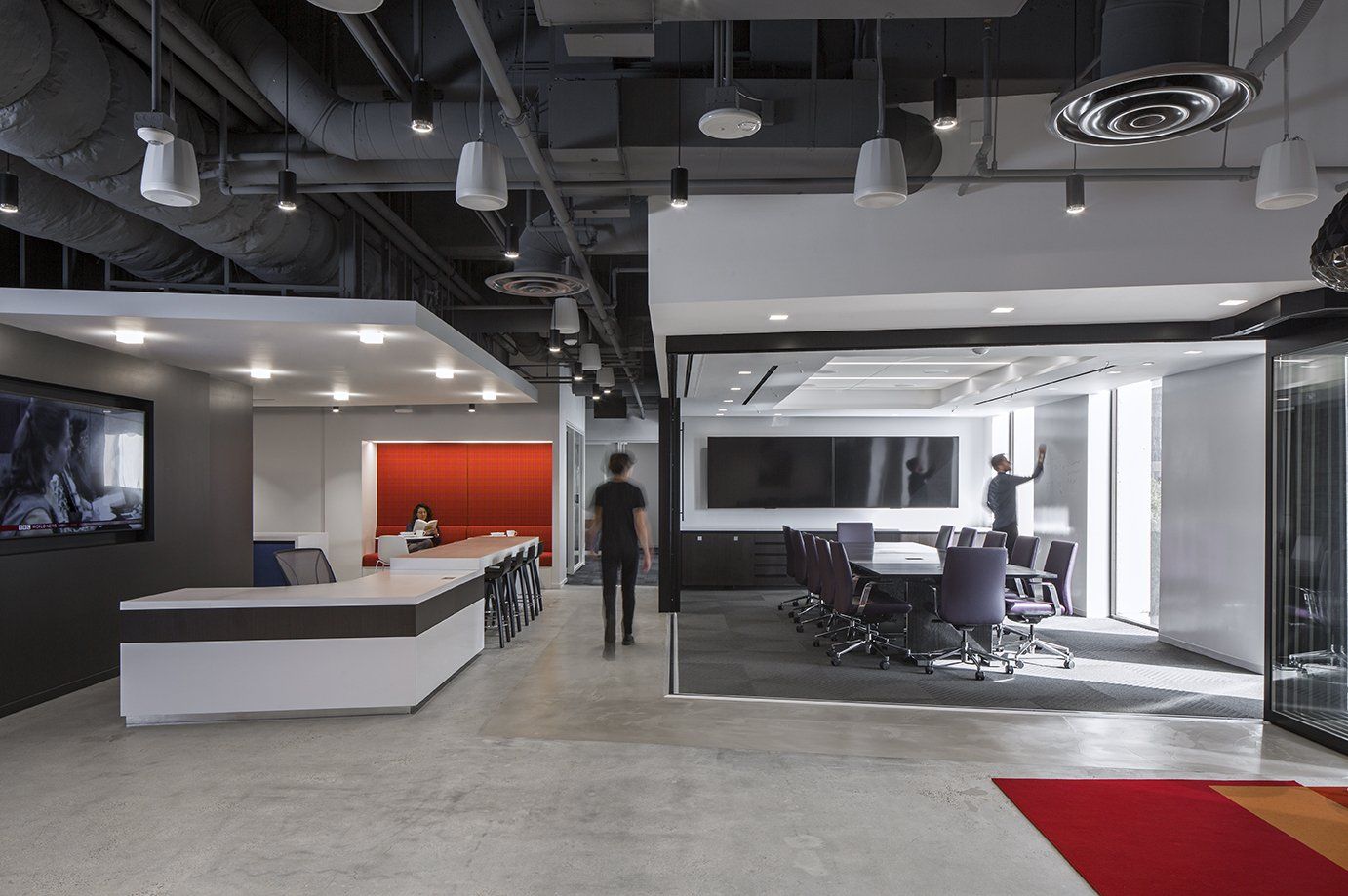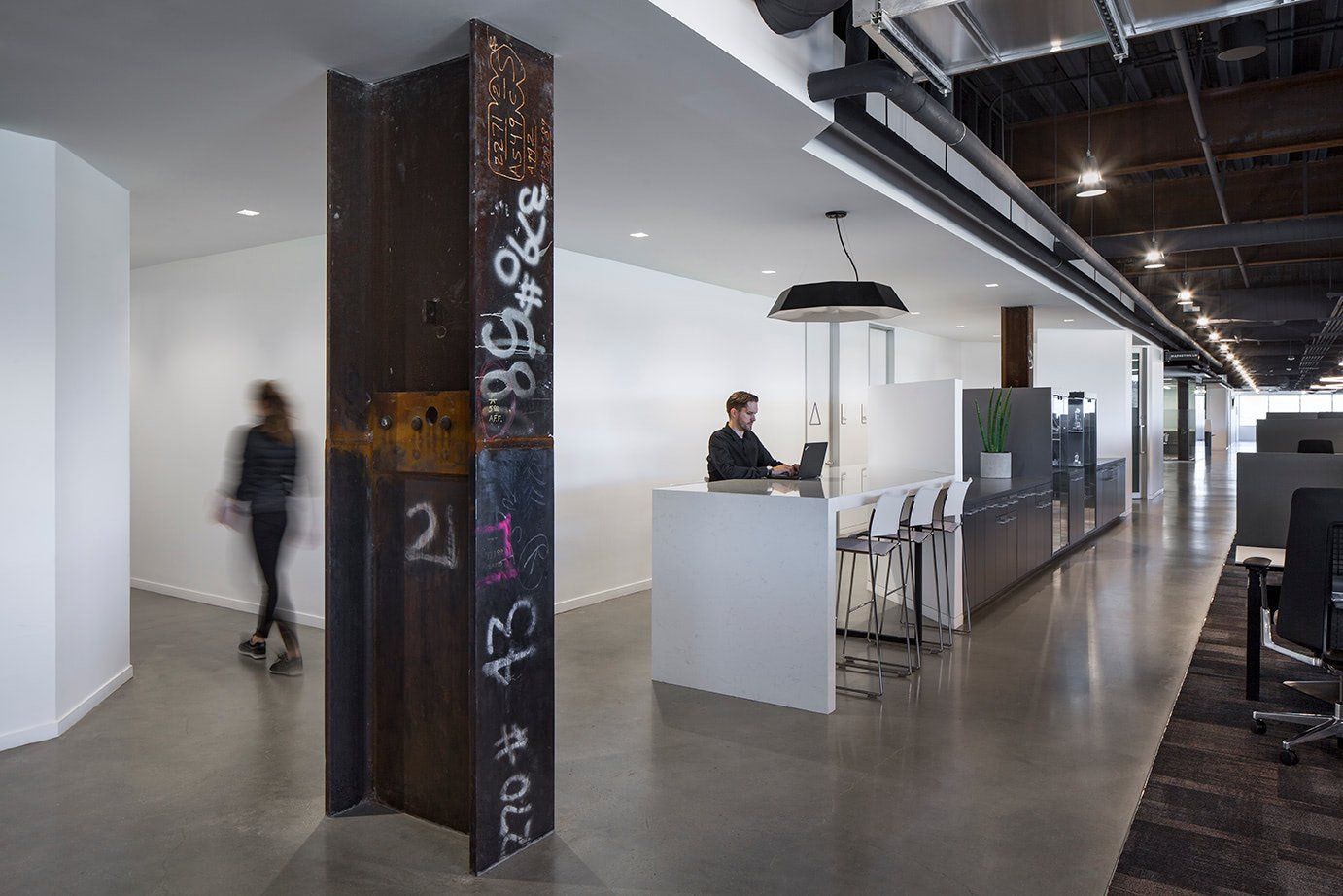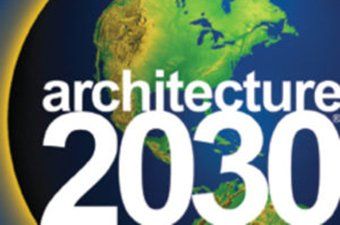What’s Next After Sheltering in Place?

What’s Next After Sheltering in Place?
Note: This will be part of an ongoing series about design and the impact of Covid-19 on the workplace
As we continue to shelter in place, adapt to working from home and have begun seeing encouraging signs in the management of COVID-19 in California, our clients, our business partners, and ourselves are all wondering “What’s Next?”
While we know COVID-19 will have certain long-term impact on the way we work and the future of workplace design, we also know people are anxious to get back to the office. Here at Wirt Design Group, we are missing face-to-face interaction, high-energy construction meetings, access to our materials library, and the shared office culture that can really only be experienced in person. We even miss the bustle of downtown LA.
So how should we prepare our workforce and workplace to return to the office? Here are some of our thoughts on actions that can be taken now and in the near future:
Set Up a Company Response Team (CRT) and designate a team leader
This team will plan for and manage the reintegration of employees to the workplace and communicate any new office policies and procedures.
Plan for a Staggered Re-Integration of the Workforce
As Mayor Garcetti and Governor Newsom have illustrated, reopening our economy will not be a single on-off switch but more like flipping a series of circuit breakers. We see a similar response for returning to the office. This may take the form of split shifts, formalized work-from-home processes, or flexible hours (particularly for employees with children, elderly parents, or other extenuating circumstances) in order to adjust back to the office life and facilitate social distance in the workplace.
Be Flexible
Employees’ lifestyles and workstyles have adapted to uncertainty, sheltering-in-place, and working from home. As a result, they have formed new habits and work flows. Be willing to adopt and encourage changes that may improve overall productivity and well-being. Allow employees some flexibility with their hours and workstyles.
Maintain Distance
If necessary, reduce occupancy by removing furniture to accomodate distance measures. Provide barriers, floor markings, even plants or partitions to help employees maintain separation. Continue to encourage virtual meetings or introduce stand-up meetings in larger communal spaces where distance can be maintained more easily. This will help boost employee health and well-being and promotes creativity within teams.
Limit Workstation and Equipment Sharing
If you have unassigned seating, consider assigning desks to individual employees. If assigned seating is not possible, employees should use their own keyboard, mouse, phone and other frequently touched equipment. Consider providing disposable paper mats to use on the desk surface. For larger equipment like network printers, implement a schedule for disinfecting.
Reduce Density
If you have flexible/movable workstation systems, work with your facilities manager or a furniture company to reduced workstation density. For more fixed workstations, stagger employee seating to accommodate greater distance and eliminate face-to-face orientation. Consider if barriers are needed at workstations. Re-purpose flex zones or other amenity spaces if additional workstations or private workspaces are needed. For large, confined spaces, like conference rooms, remove furniture to help reduce occupancy.
Develop Protocols for Using Common Spaces
Discuss with building management their protocols for using amenity spaces like gyms, wellness rooms, game rooms, and cafeterias. In cases where amenities are integrated into your office, consider using these spaces in a staggered manner or close them for a period of time. For cafeterias, food service may temporarily offer only pre-packaged food. Consider using an online service for employees to pre-order food or beverages for quick pick-up.
Delineate Space and Mark Path of Travel
Similar to what we see in Supermarkets, where they are defining what directions people can move through aisles and where people should wait with floor markers, offices are temporarily installing “circulation” signage and floor markers to delineate space, maximize distance and help control occupancy.
Practice Good Hygiene
Keep hygiene products like hand soap, sanitizer, and wipes well stocked along with bold, visible signage that communicates office procedures and distancing protocols. Provide closed trash bins for disposal of used food containers, paper towels, face masks, etc. Ask employees to clean surfaces before and after use of shared spaces. Consider changing high-touch fixtures like faucets and soap dispensers to touchless.
Plan New Janitorial Procedures
It’s important for employees to see cleaning during working hours for assurance. Additional cleaning & sanitation will be required after standard work hours.
Mitigate Touch Points
Mitigation of high touch areas should happen from the moment employees get out of their car, to office arrival, and when using workstations and common areas. Set up cleaning protocol for elements along the way that are touched most frequently. Touch screens both in common areas should be turned off until it is safe to use in the future.
Improve Air Filtration
Discuss with your building management any plans they may have to upgrade air filtration to help prevent the spread of COVID-19. For office interiors, consider investing in portable air purifiers with HEPA filters to help support respiratory hygiene in collaborative and enclosed areas.
Empower Employees
Keep an open line of communication with employees and provide support for employees who are most at-risk for contracting COVID-19. Share knowledge, communicate expectations and allow for some flexibility. Employees will feel safer returning to the workplace when they feel a sense of control over their health.
Until we return to the office, Wirt Design Group will continue delivering design at the same level of quality you have come to expect. In the meantime, please don’t hesitate to reach out. We are here to assist in any way we can. Please contact us at: 2132390990 or [email protected]. To receive our ongoing insights on COVID-19 sign up for our newsletter.

Wirt Design Group is an award-winning commercial space planning, interior architecture and design firm based in Los Angeles.
Wirt Design Group
Contact Us
Thank you for signing up for our newsletter
Oops, there was an error signing up.
Please try again later.


